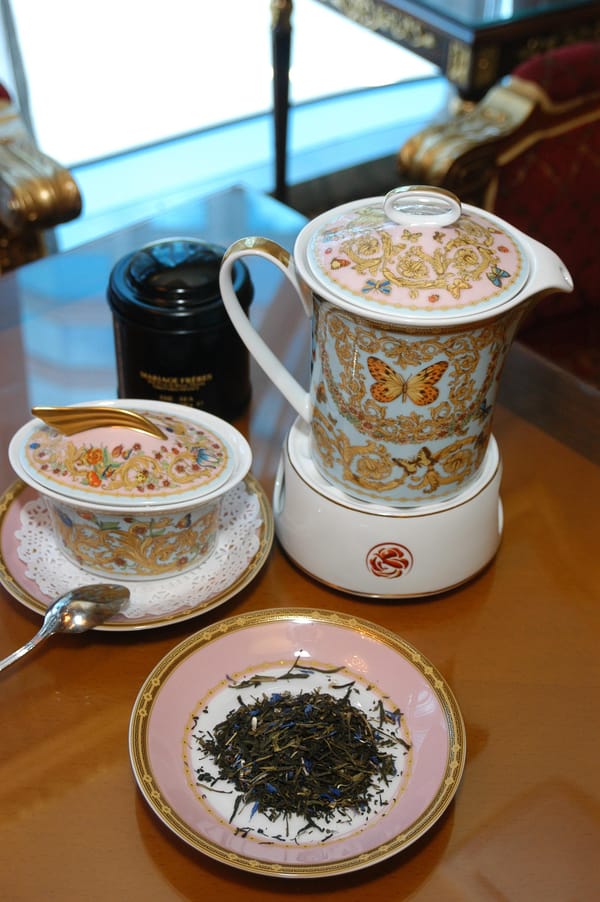Project Overview and Background
Black tea should be stored in a sealed, light-proof container in a cool, dark place. Avoid exposure to air, light, humidity, and odors. Proper storage ensures the best flavor and prolongs the enjoyment of each cup.
Fundamental Storage Principles
Five Key Enemies of Tea Storage
To preserve black tea, avoid these five major threats:
- Moisture: The greatest enemy of tea, leading to mold and spoilage.
- Air: Oxidation reduces aroma and flavor.
- Light: Direct sunlight damages tea components.
- Heat: Speeds up deterioration.
- Odors: Tea easily absorbs surrounding smells.
Sealing and Light Protection Are Crucial
Once tea is exposed to air, oxidation begins, causing flavor loss. Use airtight, opaque containers to block air and light, maintaining tea freshness.
Ideal Storage Containers
Tea Canister (Highly Recommended)
- Material Options: Stainless steel, tinplate, or ceramic.
- Sealing: Choose canisters with well-fitted lids.
- Size Fit: The container should match the tea quantity to minimize air space.
Other Container Options
- Vacuum-sealed jars: Excellent at removing air.
- Opaque glass jars: Must block light completely and be tightly sealed.
- Sealed pouches: Suitable for short-term storage, but should be placed inside non-transparent containers.
Recommended Storage Environments
Cool, Dark Places (For Daily Use)
- Ideal Locations: Cabinets, pantries, or other dry and cool spots.
- Temperature Control: Keep at room temperature, avoid fluctuations.
- Away from Heat Sources: Never place near stoves or windows.
Refrigeration Considerations
- Unopened tea: Can be refrigerated to extend freshness.
- Opened tea: Not recommended due to odor and moisture absorption.
- Before Use: Allow refrigerated tea to return to room temperature before opening.
Storage Methods for Different Scenarios
For Daily Drinking Tea
- Transfer to airtight tea canisters.
- Store in a cool, dark place.
- Consume within 1–2 months after opening.
For Long-Term Storage
- Keep unopened packages refrigerated or frozen.
- Always bring to room temperature before use.
- Divide into smaller portions to reduce opening frequency.
For Large Quantity Management
- Separate into small portions and store individually.
- Only extract the amount needed for current use.
- Avoid frequent opening of large packs.
Common Storage Mistakes
The Myth of Refrigeration
Many believe refrigeration helps preserve tea, but for opened tea:
- It easily absorbs odors from other foods.
- Temperature shifts cause condensation.
- Moisture rapidly degrades quality.
Issues with Transparent Containers
- Light degrades beneficial compounds in tea.
- Prolonged exposure fades color and aroma.
- Even in dark places, opaque containers are necessary.
Shelf Life Guidelines
Unopened Tea
- Room temperature: 2–3 years
- Refrigerated: Up to 3–5 years
- Frozen: Over 5 years
Opened Tea
- Winter: Best within 1 month
- Summer: Best within 2 weeks
- Rainy season: Extra care needed to prevent moisture
Quality Check Methods
Appearance
- Check for even coloring.
- Ensure no mold or discolored spots.
- Tea should remain dry.
Aroma Test
- Smell for any off-odors.
- Confirm the tea still has its fresh fragrance.
- Watch out for moldy or spoiled scents.
Brewing Test
- Observe tea liquor color.
- Taste to confirm it retains original flavor.
- Check for bitterness or unpleasant notes.
Storage Tips
Moisture Control
- Place food-grade desiccants in tea canisters.
- Choose low-humidity storage environments.
- Be especially careful during the rainy season.
Labeling and Management
- Mark the opening date on the container.
- Record the tea type and purchase date.
- Build a habit of managing tea inventory.
Proper tea storage is an essential part of tea culture. By treating each leaf with care, you’ll continue to enjoy a Tea House-worthy tasting experience.



